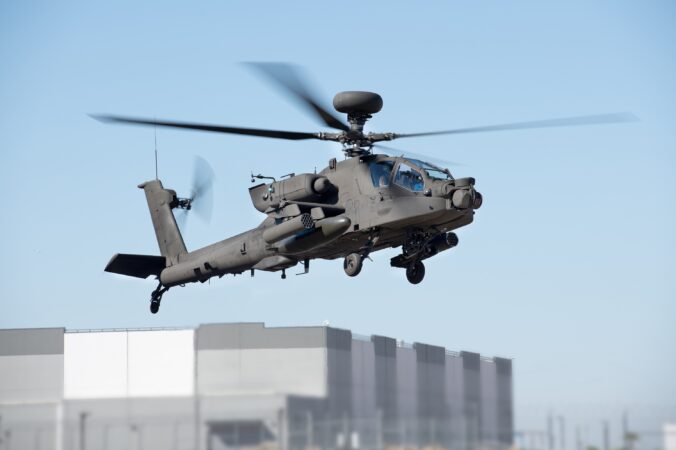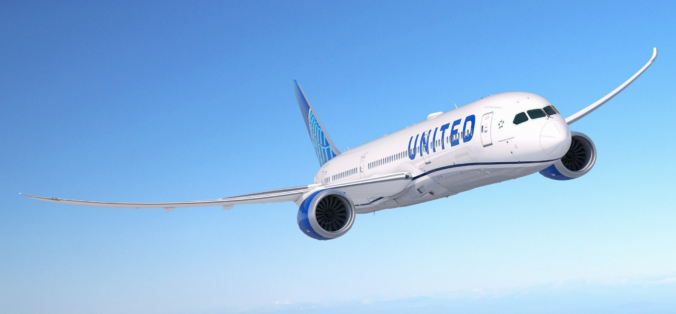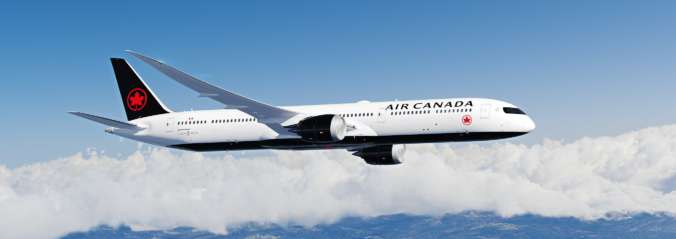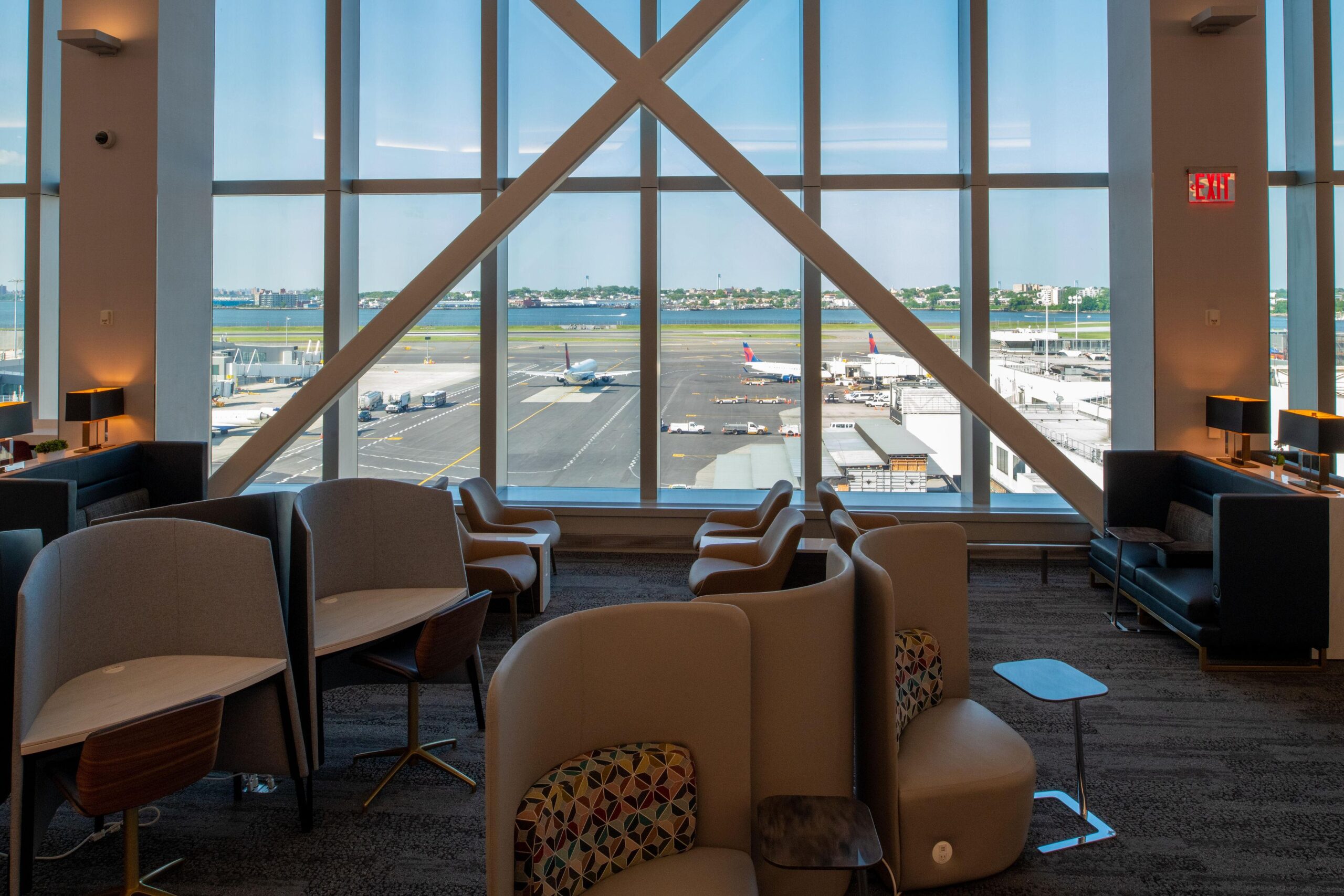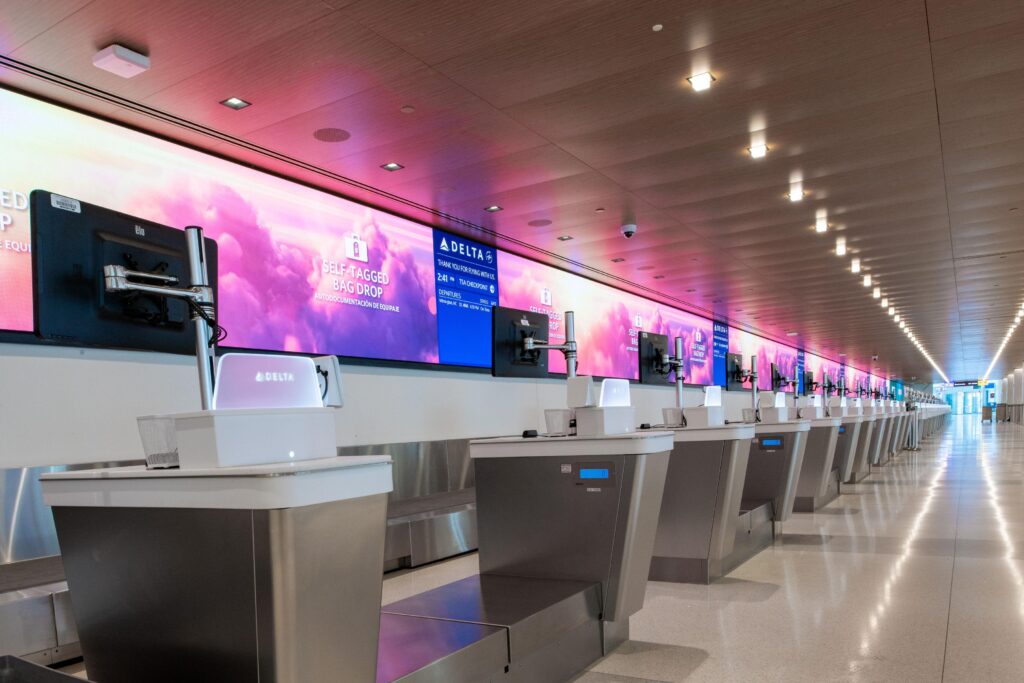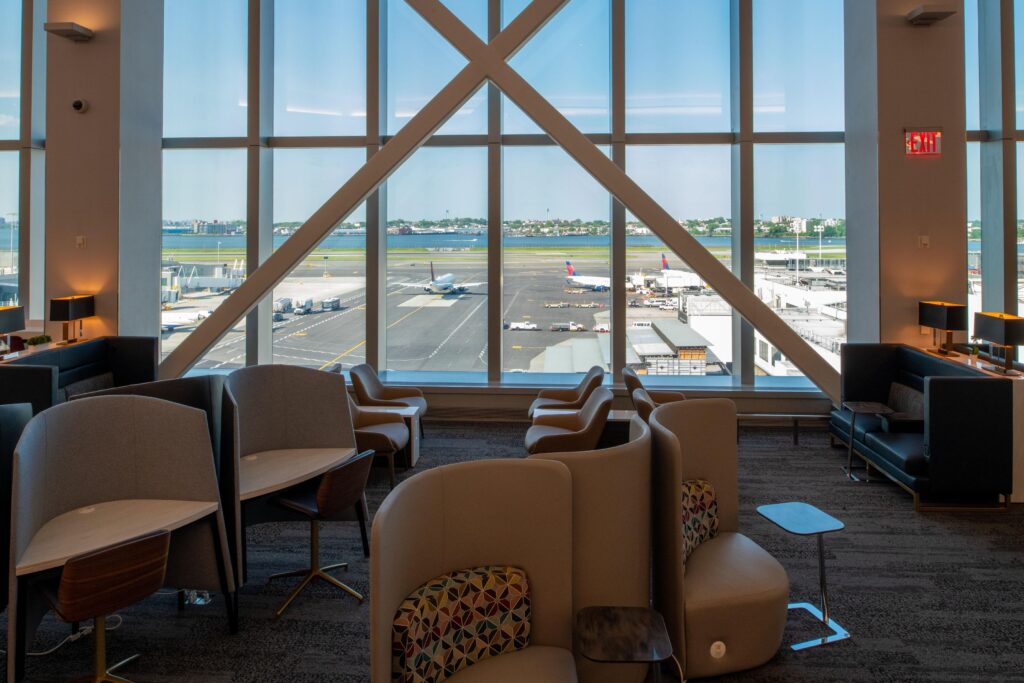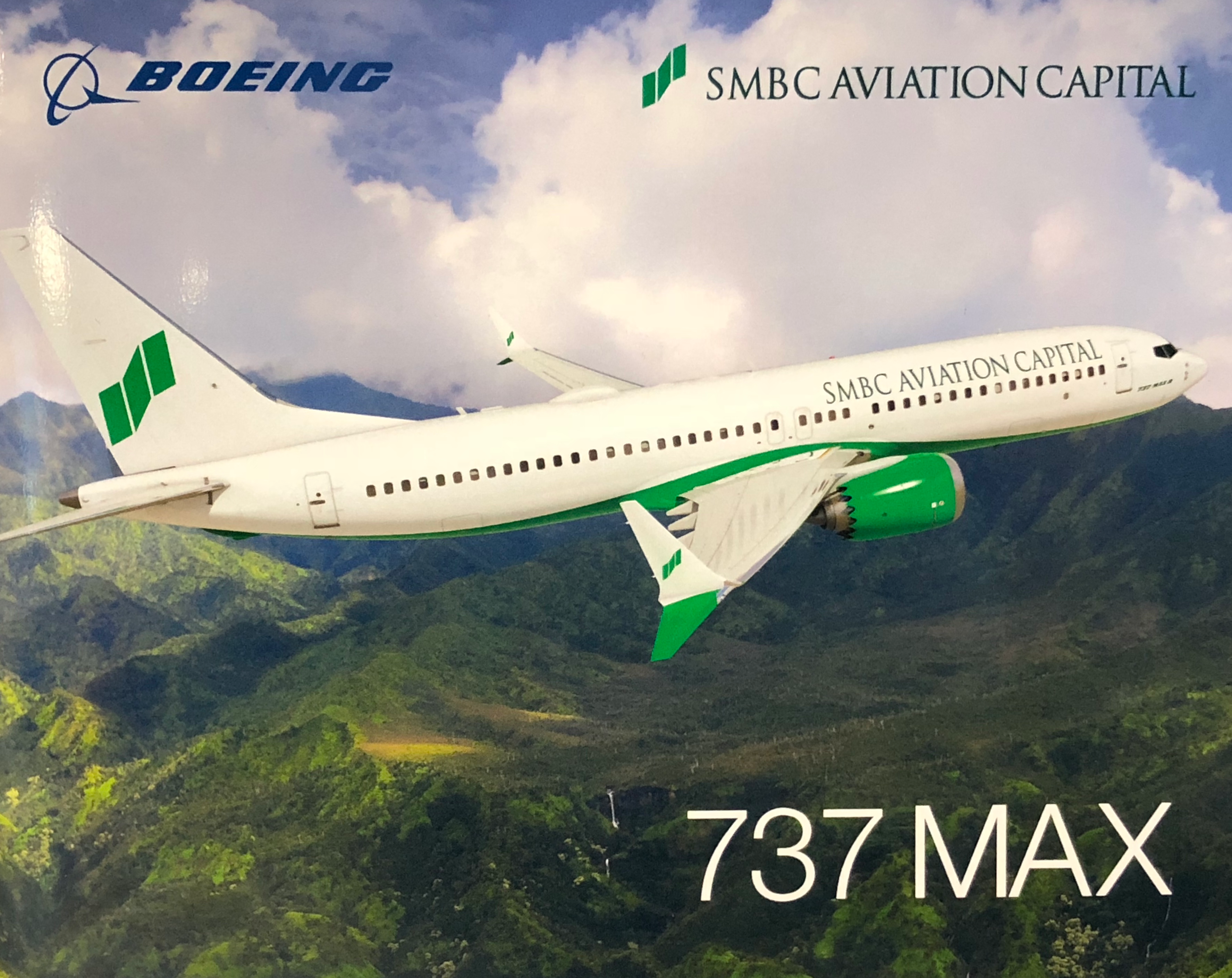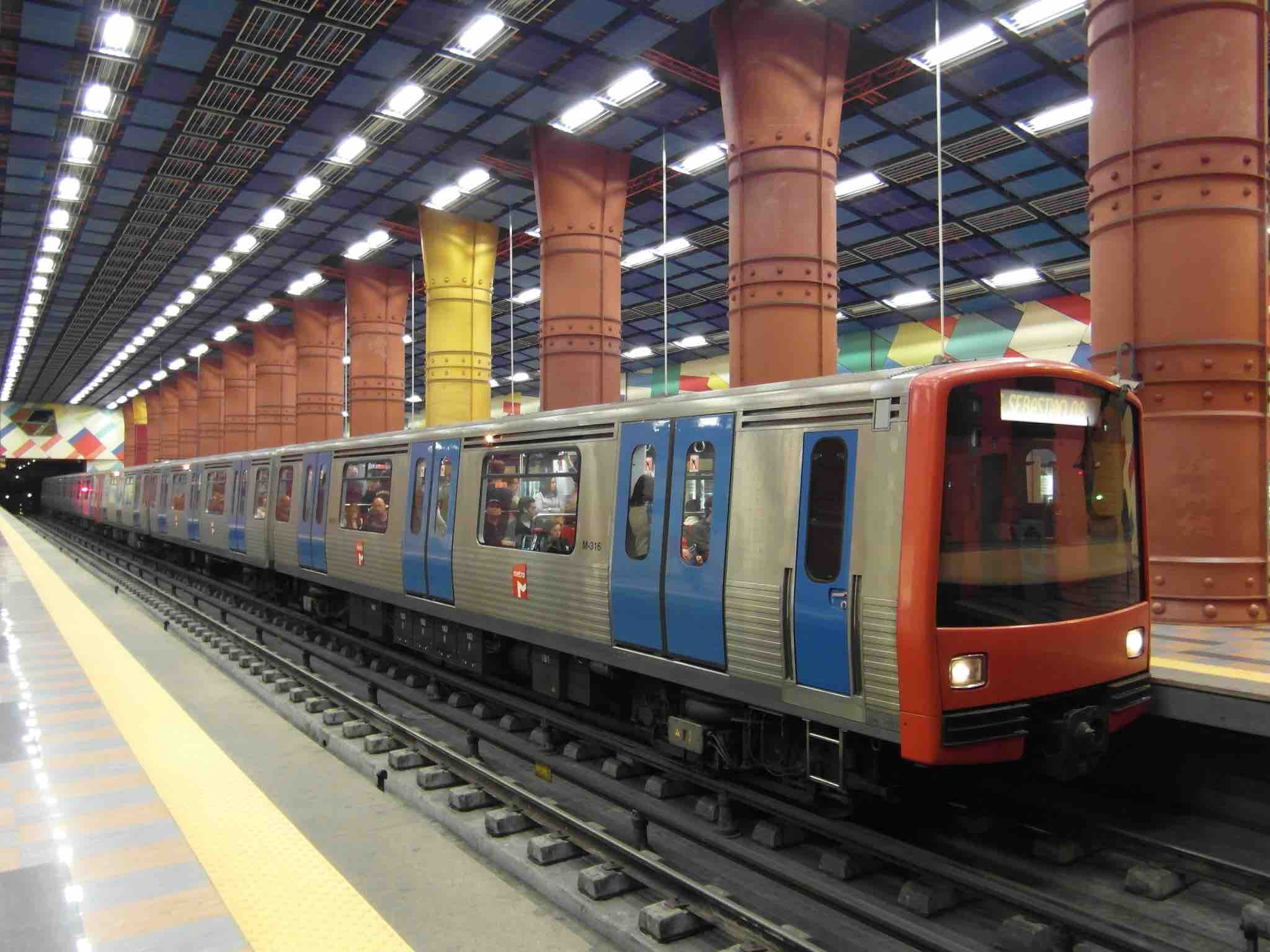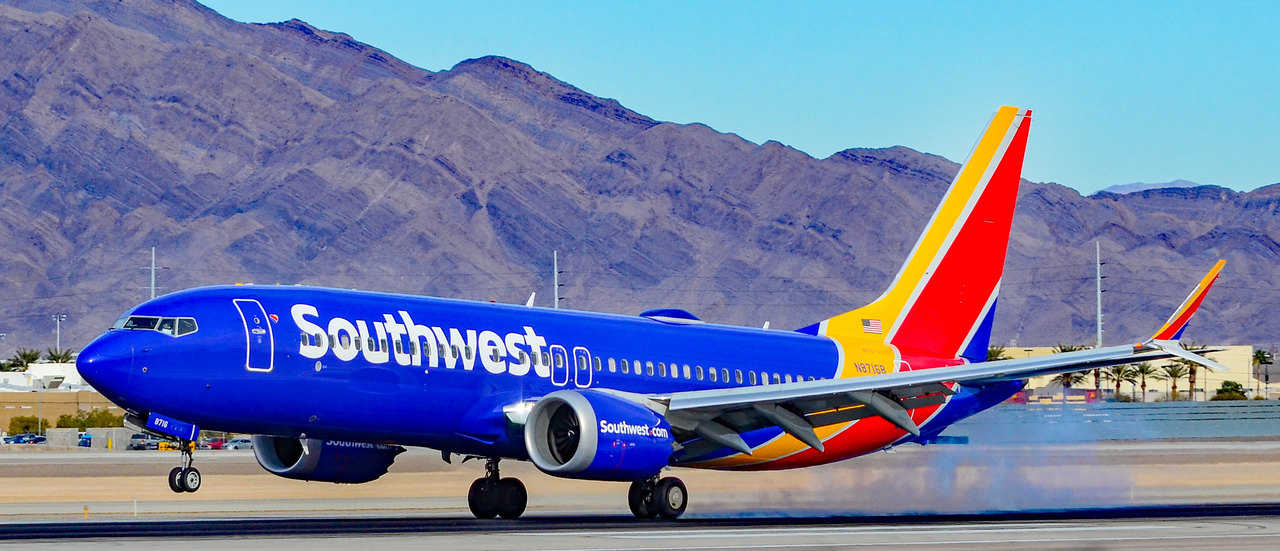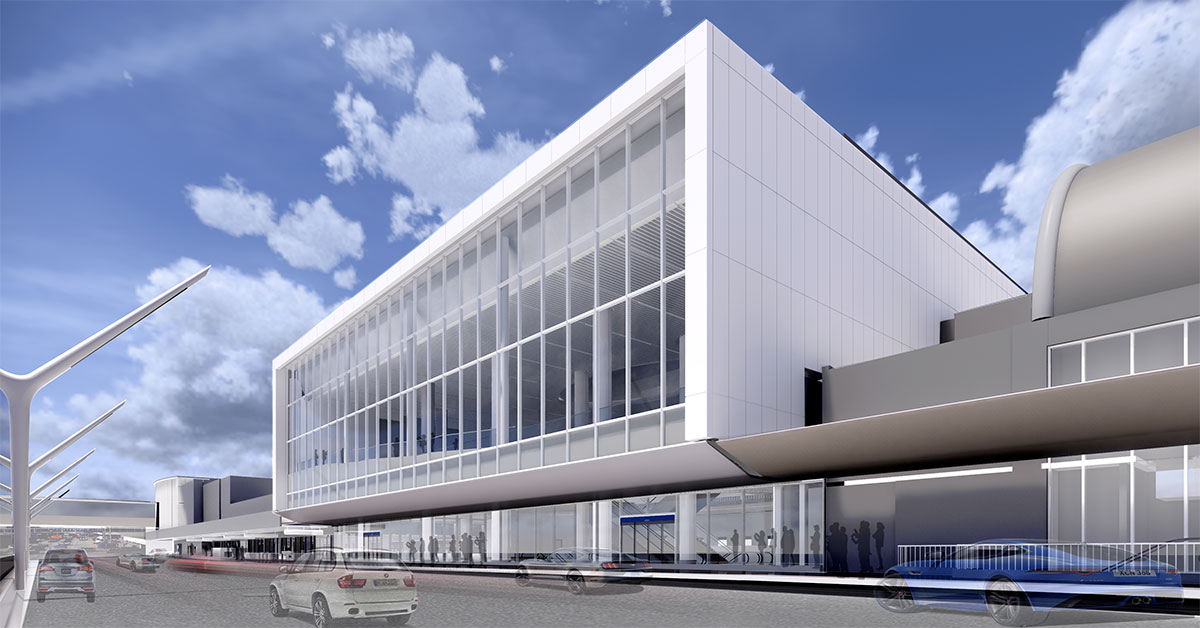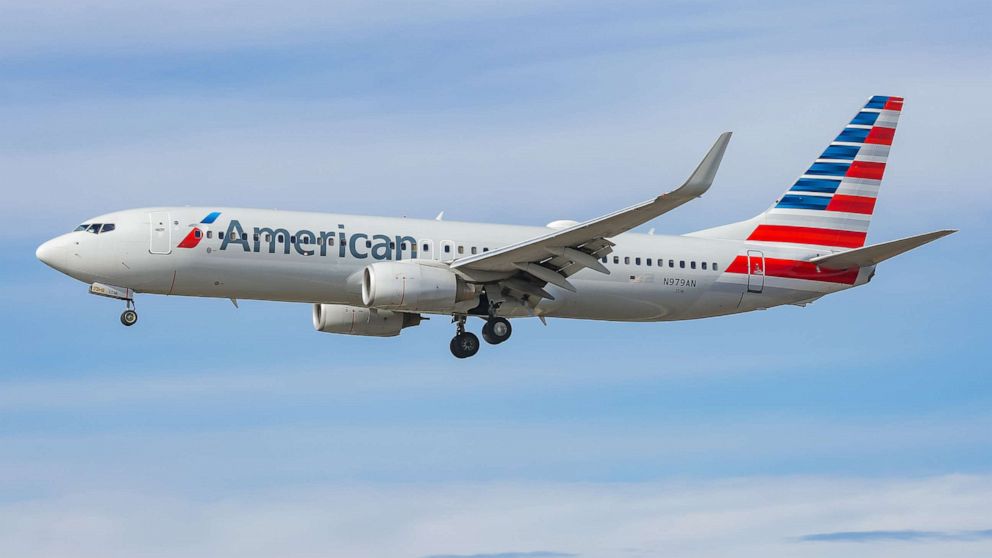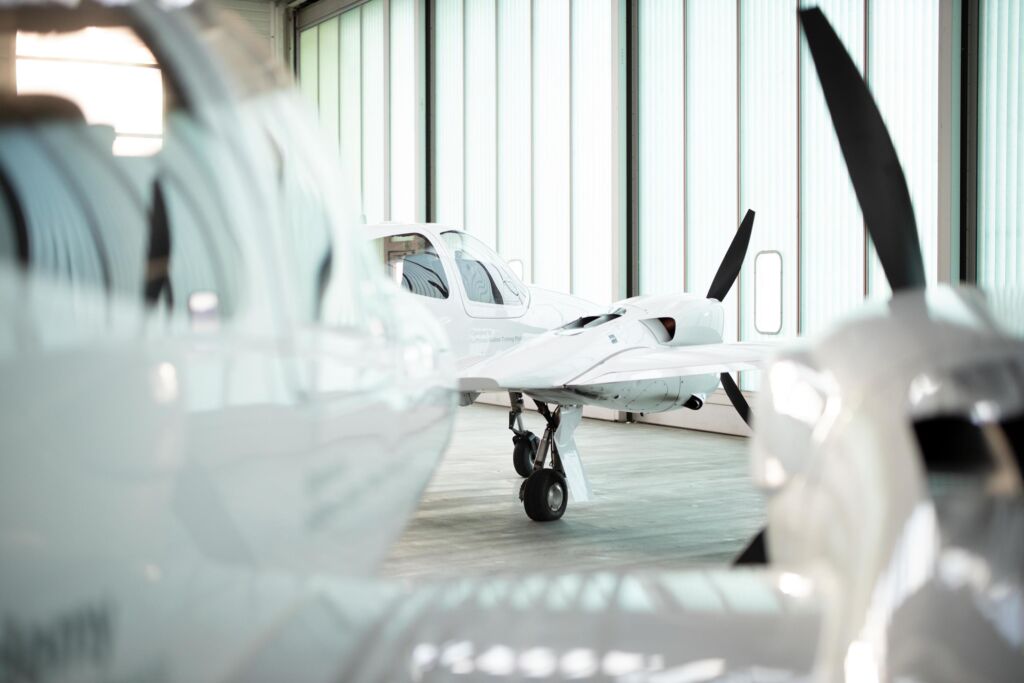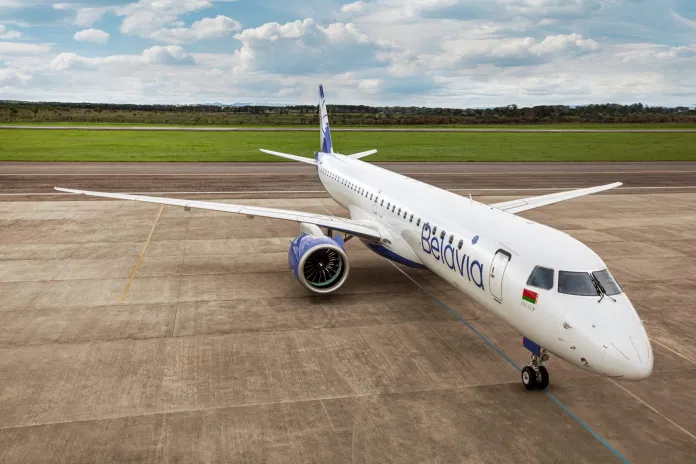Mesa, Arizona, October 11, 2023 – The newest version of the AH-64E Apache has successfully flown with an upgraded capabilities suite as Boeing (NYSE: BA) continues to modernize the platform. The upgraded E-model Apache, known as Version 6.5, or V6.5, is the next configuration of the world’s premier attack helicopter.
Building onto V6.5, the company is working with the U.S. Army to integrate the Improved Turbine Engine (ITE). The engine, a General Electric Company (NYSE: GE) Aerospace T901, will offer improvements in reach, available power, time on station and fuel efficiency, as well as sustainment improvements like health and usage monitoring, maintenance and engine lifespan.
V6.5, awarded by the U.S. Department of Defense in December 2021, includes software updates enhancing capabilities and improving the pilot interface. Some of those enhancements include:
- Optimized route and attack planning
- Enhanced Link 16 features
- Integration of an Open Systems Interface, setting the stage for Modular Open Systems Approach for maximum interoperability, faster integration and advanced capabilities fielding.
